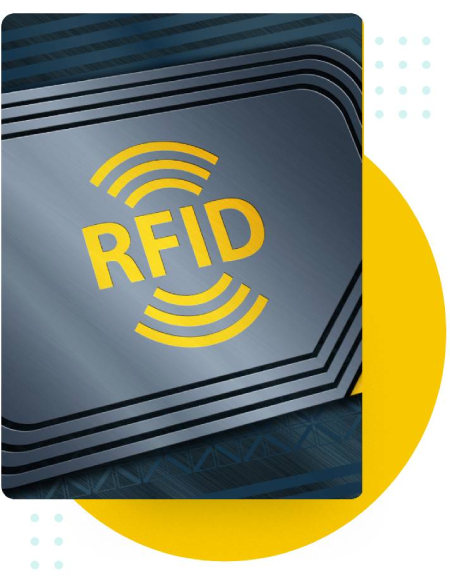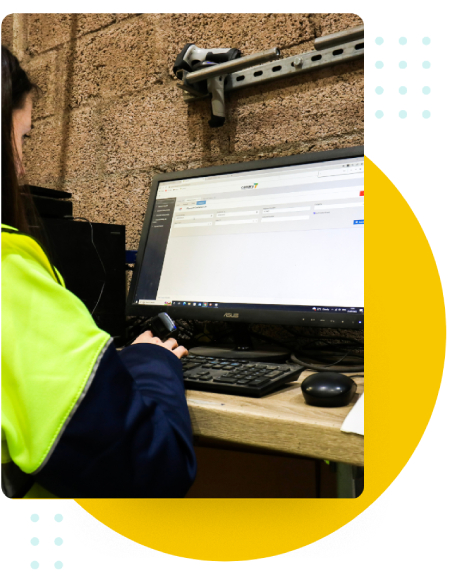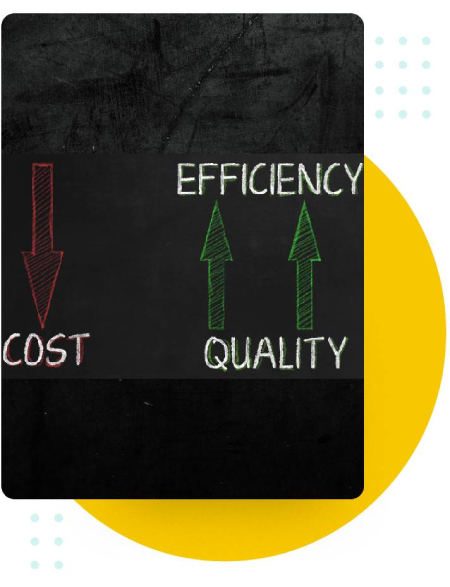What is RFID technology?
But what is it about RFID technology that makes it such an important element for businesses? To understand this, we must first be clear about what RFID technology is. Essentially, it is a form of wireless communication that makes use of electrostatic/electromagnetic coupling in the radio frequency portion of the electromagnetic spectrum. This is then used to identify an object, person, or even animals.
Let’s be real: that definition is taken from a scientific source, and hence, might be way too complicated and confusing for you to understand. In more simplistic words, RFID is technology that captures digital data, and then uses it to assign unique labels to objects via radio waves. This is not too different from magnetic strips at ATMs or barcode scanning that we are so used to – all of them are used to identify objects, and help you organise any kind of stock.
How does RFID technology work?
In case you are still not sure of how RFID technology works, it would be good to take a look at the actual process of putting RFID technology to use. It consists of three components: antenna, transceiver, and transponder. Essentially, the first two components i.e. the antenna and transceiver form the RFID reader. The reader is connected to a network and can be used as either a permanent or a portable device. It transmits signals to activate a unique tag by using radio waves. The antenna then receives these waves and translates them into data.
As for the transponder, it is the unique tag being created itself. Every RFID tag is different, and can vary in accordance with a range of different factors such as the RFID frequency, interference, type of reader, and type of reader.
Also, a good point to remember is that there are two main types of RFID tags. These are active RFID tags (tags that have their own power source) and a passive RFID tag (power comes from reading antenna).
As a whole RFID is a part of AIDC, which stands for Automatic Identification and Data Capture. This method is used to collect data about the objects being identified and then store it in a computer. As the name suggests, this process is fully automatic and requires no human intervention whatsoever.
RFID in the Business World
All of that sounds way too complicated and scientific to be a part of the everyday world? Well, not for most businesses. This is because as more and more companies expand, integrating RFID in their supply chain becomes more or a less a necessity.
With expansion comes an extra layer of innovation, complexity, and productivity. This means that there is more need for accuracy at each point through the supply chain, and this accuracy can only be achieved with the help of technology.
Thanks to RFID, this is possible. RFID for asset tracking and inventory management, as well as for cargo, vehicle tracking, and other logistics is godsend, because it simplifies everything to a great degree. It improves visibility, refines the distribution process, and streamlines the entire supply chain.
The reason why many businesses today rely on RFID is because without it, they are more prone to inaccuracies and discrepancies. In a world where customers want exactly what they are looking for, such inaccuracies can cause a great detriment to your business and hinder you from creating an experience that leads to success.
Benefits of RFID
In this section, we will talk about the benefits of RFID in general. This will also give you a pretty good idea as to why RFID inventory management is such a big thing as well.









